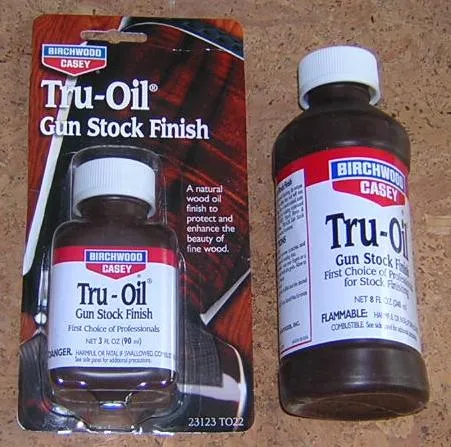|
The Process:
-
I wear light disposable rubber gloves when applying,
mainly to protect the wood from the oils in my hands.
-
Use a folded, lint-free,
white cotton cloth (about 4" square is big enough) to apply the oil. Use a fresh cloth for each
application session.
-
Choose
which part of the instrument to work on first. I generally start on
the top, then the back, then the sides, and finally the neck and head.
(In order to hold the instrument for the neck and head, I insert
fingers in through the sound-hole, and place my thumb on the
fingerboard.)
-
Wipe a thin coat quickly
over
the working area. I tend to pour a small pool of
oil onto the top/back, and spread it rapidly
with circular movements. If I do not have sufficient to cover, I add
more to the cloth, by placing it over the bottle mouth, and up-ending.
-
If you work too
slowly, the oil will begin to dry and will smear if contacted
by the cloth.
-
Before moving on to
another surface, I finish off by wiping the surface with
the same cloth (as long as it is not over-charged with oil) in the direction
of the grain.
-
It is important not to
cover too thickly, as it will run whilst hung to dry, and also take
much longer to dry.
-
Move to another area and
repeat.
-
For the sides,
neck and head, I do not pool oil, as surfaces are curved, but work
from the cloth
-
It will only take 10 to 15 minutes to
coat the entire instrument.
-
Hang
the instrument to dry overnight.
-
To store the Tru-oil,,
wipe the neck of the bottle thoroughly, screw on the top, and stand
upside-down. This helps to stop a thick film forming over the oil
inside the bottle. If it does form, the oil is on top.
|

|
|
Building up the
finish:
-
After each oil coating has
dried, it is smoothed before another is applied. I use a
fine wet and dry paper (600+) or 0000
steel wool.
-
After each
coat, I use a finer paper than the the previous one.
-
Rub over the surface very
lightly to remove any minor roughness.
This is not a leveling process like with other harder, thicker
finishes.
-
Apply more Tru-oil as
above.
-
Only three or four coatings
can result in very beautiful sheen over the entire instrument.
However different woods, conditions, and varying techniques may
require additional coatings to reach this level.
-
After the final coat,
leave the finish to set. Time will depend on temperature and humidity,
but certainly leave for a week.
|
